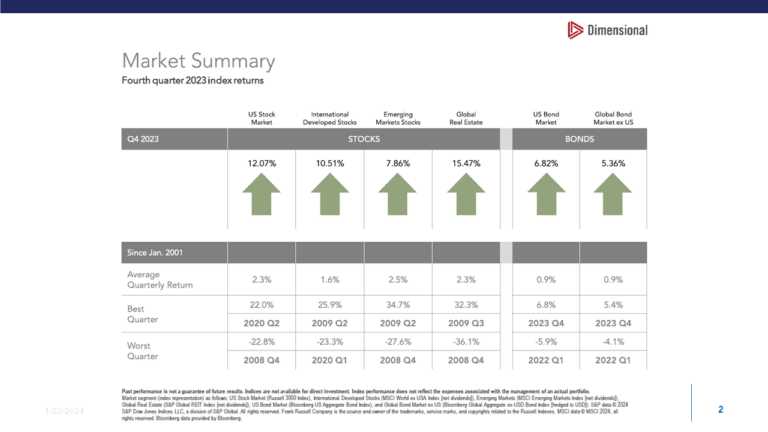After a loved one passes there can be many tasks thrown your way all at once. If this is your first time experiencing the death of a close family member, the overall estate process can be foreign and very confusing. There are three paths in which your loved one’s assets will take to be delivered to their respective heirs:
Through Probate
This is when property of the loved one is either left to a specific individual through their will or the loved one died without a will (intestate) and the assets must be divided by the state. The probate process includes identifying all the deceased person’s assets and distributing them to creditors and heirs. This process begins by petitioning the probate court in one of two ways depending on whether the decedent passed with or without a will.
- With a will (testate): the executor named in the will presents the will for probate in a courthouse in the county where the decedent lived.
- Without a will (intestate): someone must ask the court to appoint him or her as executor of the decedent’s estate.
By Operation of Law
The second way that assets may transfer to heirs after the death of a loved one is by operation of law. This refers to any assets owned by the decedent and at least one other person. For example: if Mary and Bill own a house as Joint Tenants with Right of Survivorship then if Bill dies the property will automatically pass 100% ownership to Mary, and vice versa. This allows these types of assets to avoid flowing through the probate estate. If Mary and Bill owned their house as Tenants in Common, the deceased person’s 50% ownership would pass to their estate while the surviving spouses 50% ownership remains with them. Ownership of assets can vary by state especially with married couples, so be sure to check what your state’s property ownership options are.
By Contract
The last path that assets can travel is by contract. This method refers to assets which have a beneficiary designation assigned to them. Examples of these assets are life insurance policies, retirement accounts, pensions, and annuities. These assets also avoid flowing through probate. This is why it is so important to keep beneficiary designations up to date. Since these assets take a different path than those that are left in the will, they will be distributed based solely on the beneficiary listed on the asset. Beneficiary designations supersede your will!
The main benefit to the second two paths is that the assets are distributed much faster than the first. In New York State, an executor has to wait a minimum of 7 months before closing an estate because that is how long creditors are given to make their claims. The probate process can take up to 3 years with an average of around 15 months. There are also many other estate planning benefits to passing assets by operation of law and by contract but the time it takes to distribute is a main one.
Alanna Conciardo
Financial Planning Associate


